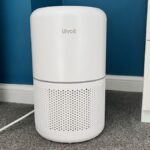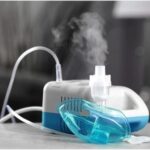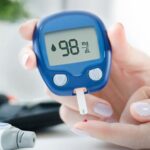As a nurse with 7 years of experience using stethoscopes in hospital settings, I have developed an expertise in auscultation and monitoring heart and lung sounds. A stethoscope is one of the most vital tools we use to assess a patient’s respiratory and cardiovascular health.
In this article, I will share my real-world experience on how stethoscopes help us detect abnormalities in breathing and heartbeat rhythms. Let’s know “How Do Stethoscopes Help in Monitoring Heart and Lung Sounds?”
My Experience With Stethoscope Auscultation
I first started using a stethoscope when I began nursing school. As a student, I spent hours listening to heart and lung sounds to train my ear on what normal breathing and heartbeat rhythms sound like. With practice, I learned to recognize abnormal sounds that can indicate respiratory or cardiac distress.
In my early hospital nursing roles focused on adult health, I used my stethoscope on every patient, multiple times throughout my shift, to monitor lung and heart function. Now, as a nurse manager with 7 years of bedside care under my belt, I rely on my stethoscope auscultation skills daily to assess patients and determine care plans.
Over the years, I have detected dangerous arrhythmias, wheezing, crackling, and diminished breath sounds in patients of all ages using stethoscope monitoring. My ability to find these abnormalities early using a stethoscope has helped provide rapid life-saving care.
How Stethoscopes Detect Heart Sounds
A stethoscope’s chestpiece picks up the vibrations caused by closure of the heart valves and rushing blood. These vibrations transmit sound waves through the tubing to the ears. A trained ear can distinguish the normal “lub-dub” of the valves closing and determine heart rate and rhythm.
Abnormal heart sounds like murmurs, extra heart sounds, or irregular rhythms can indicate problems like:
- Leaky or narrowed valves
- Holes in the heart
- Enlarged chambers
- Irregular electrical signals
Catching these early prevents further complications like stroke, blood clots, or heart failure down the road.
Read More:- What Are the Benefits of Using an Oxygen Concentrator for Supplemental Oxygen?
Assessing Lung and Breathing Sounds
The chestpiece of the stethoscope also detects lung vibrations from air moving through the airways. In healthy patients, I hear normal breath sounds – the rush of air into the lungs during inspiration and out during expiration.
By listening over the front and back of the chest bilaterally, I can compare breath sounds from different areas of each lung. Diminished or absent breath sounds often indicate conditions like:
- Pneumonia
- Collapsed lung
- Asthma exacerbation
- Lung lesions
- Pleural effusion
Additionally, abnormal sounds like wheezing and crackling can signal lung problems. Wheezing, a high-pitched whistling sound, happens when airways narrow from asthma, infection, or chronic disease. Crackling indicates fluid buildup and can be a sign of congestive heart failure.
Read More:- How Do Hydrocolloid Dressings and Silver Sulfadiazine Cream Aid in Wound Care?
Catching diminished breath sounds early helped me identify pneumonia in elderly patients before they became septic. And noting the onset of wheezing prompted me to get asthma patients fast-acting bronchodilators to open their airways. Using a stethoscope enabled me to provide prompt, life-saving interventions in these situations.
Choosing the Best Stethoscope for Detection
While all stethoscopes can pick up basic heart and lung sounds, certain models are better for identifying abnormalities. Based on my experience, here are the best stethoscopes for accurate auscultation:
- Cardiology-grade stethoscopes: These have large hollow bells and tubing that picks up low-frequency sounds. This allows reliable detection of irregular heart rhythms and faint murmurs.
- Pediatric stethoscopes: The smaller bell on these models filters out extraneous noise and enhances high-pitch sounds like wheezing. This makes them ideal for listening to little lungs.
- Electronic stethoscopes: These amplify body sounds, filter noise, and provide volume control for optimal sound detection. Some models let you record and visualize sounds on a laptop.
Proper Placement Is Key
According to bswhealth, Even the highest quality stethoscope won’t pick up all sounds if improperly placed. Based on my experience, these are the best spots to monitor different body systems:
Heart sounds: Place the diaphragm or bell just under the breast on the left side, angled towards the armpit. This targets the apex of the heart.
Lung sounds: Move across the front and back of the chest, comparing symmetrical spots on each side. Listen over the upper lobes tops, middle lobes on sides, and lower lobes bottom rear.
Bowel sounds: Press the diaphragm low on the abdomen, around the naval area. Shift spots clockwise to cover all quadrants.
By following proper placement technique, I can thoroughly assess all organ systems efficiently. This allows me to provide prompt, appropriate patient care.
In Conclusion
A stethoscope remains one of the most valuable diagnostic tools nurses and doctors have for monitoring patient health. After 7 years of listening to thousands of heartbeats and breath cycles, I’ve seen firsthand how a stethoscope can catch life-threatening problems early on.
My real-world experience has given me expertise in properly using this tool to provide the best possible care. I hope you like reading “How Do Stethoscopes Help in Monitoring Heart and Lung Sounds?”

Dinesh Singh Negi is a seasoned expert in the healthcare procurement industry with over 15 years of experience in supply chain management and hospital procurement strategies. Holding a Master of Business Administration (MBA) in Operations Management and Supervision, Dinesh has successfully optimized procurement processes for numerous healthcare facilities, ensuring cost-effective and quality supply solutions. As the lead author on hospibuy.com, Dinesh shares his deep knowledge and insights on hospital procurement trends, product evaluations, and industry best practices. Connect with Dinesh on LinkedIn for more professional insights.










